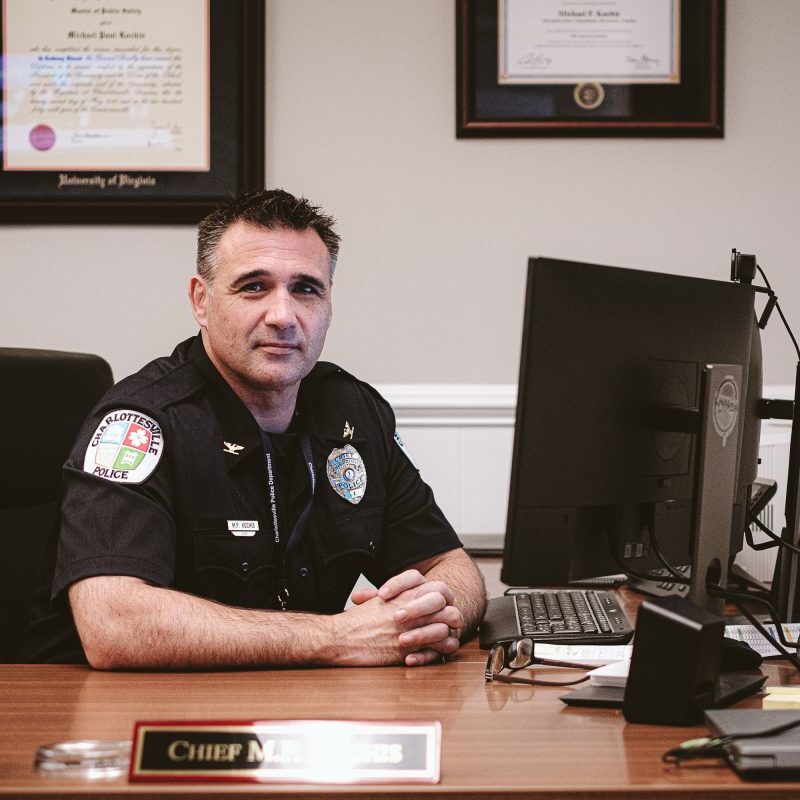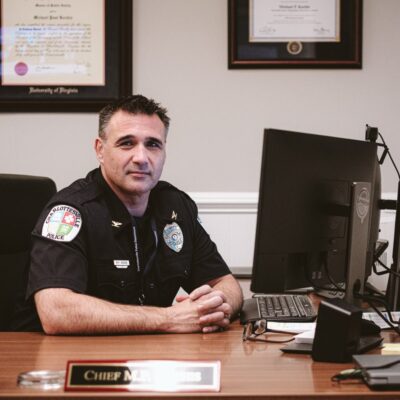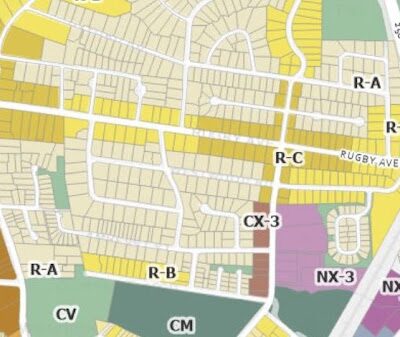Witnesses in this trial have spent a significant amount of time talking about what happened inside Yeardley Love’s room and inside her body. Medical and forensic experts have looked at hundreds of photographs of her bed and her brain. We’ve listened to long discussions about how her comforter was folded, the amount of blood on her floor, and the shape of the contusions on her cerebral cortex.
Yesterday, we heard testimony from Marjorie Harris, a bloodstain expert from the Virginia Forensics department, on the configuration of various bloodstains in Love’s room and what that tells us about how they got there. She talked about drips, flows, and spatters, all while pointing to pictures and saying, “You see here, where the stain is smooth on one end and rough on the other?”
But we didn’t see, because as I related two days ago, everything the jury is shown faces away from us, and the court has decreed that no effort will be made to rectify that. Today, when the defense brought in their brain expert, Dr. Jan Leestma, to counter the Commonwealth’s version of how Love died, the problem was made crystal clear. One doctor comes out, points to pictures of Love’s brain, and tells us, in language we don’t understand, why she died. Later, a different doctor points to the same pictures and says that, as you can plainly see, there’s no evidence of the previous theory. Since we can only compare nothing to nothing, our ability to understand the testimony is severely impaired.
I keep thinking about the idea of spectral evidence. During the Salem Witch Trials, all a witness had to do was point to the sky and say, “You see there? Goody Proctor’s spirit just bit me!” And off poor Goody Proctor would go to be hanged. Evidence didn’t have to be evident.
Perhaps that’s a tad hyperbolic. After all, the jury can see Goody Proctor just fine, and justice will be served even if the press is pissed off.
But the frustrating experience of being unable to see Huguely’s taped confession was repeated on Wednesday. As they wound down their case, the Commonwealth called three female witnesses whose testimony took everybody by surprise. On the day Love died, Huguely contacted each of them, mostly via text message, for the presumed purpose of having sex. One of the text conversations ended only 30 minutes before Huguely decided to walk over to Love’s apartment.
So, what do the texts say?
We don’t know. The Commonwealth’s attorney decided to show the jury screen shots of the conversations. We sat and watched them silently stare at the TV for what must have been five minutes. We were told nothing about what the messages said.
It’s frustrating, but we’ll live. The end result was that Huguely came out looking even worse than he did before. Being a womanizer doesn’t make him a murderer, but it certainly makes him less sympathetic to a jury.
One other thought on seeing or not seeing the evidence: Marjorie Harris, the bloodstain expert, never actually visited the crime scene. She conducted her investigation by looking at police photographs taken when they arrived at Love’s apartment. Which is fine.
But Harris isn’t the only one who hasn’t seen the crime scene. In actuality, only three people have: George Huguely, Caity Whiteley, and Philippe Oudshoorn. No one else, not the police who were first to respond, the EMTs, or the forensics detectives has seen how Yeardley Love looked when she died, not even in photographs.
How is this possible? Because when he was on the phone with 911, Oudshoorn was told to move Love to the floor to attempt CPR. He turned her over, lifted her out of bed, and placed her on the rug. So when you get right down to it, we’re all discussing something we didn’t see. Huguely was wasted that night, and Whiteley and Oudshoorn were hurried and scared. It looks like the only reliable witness to Love’s death is a ghost.





